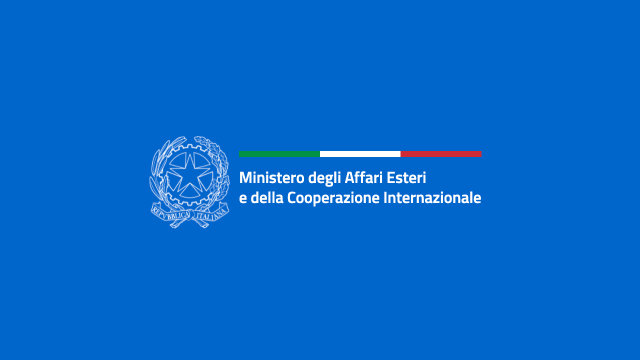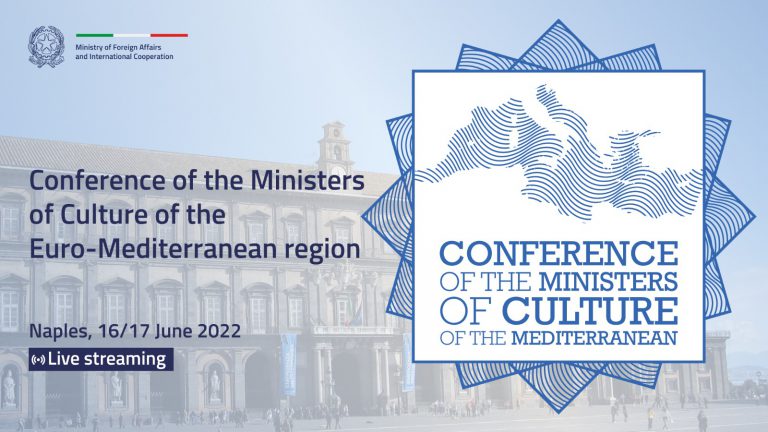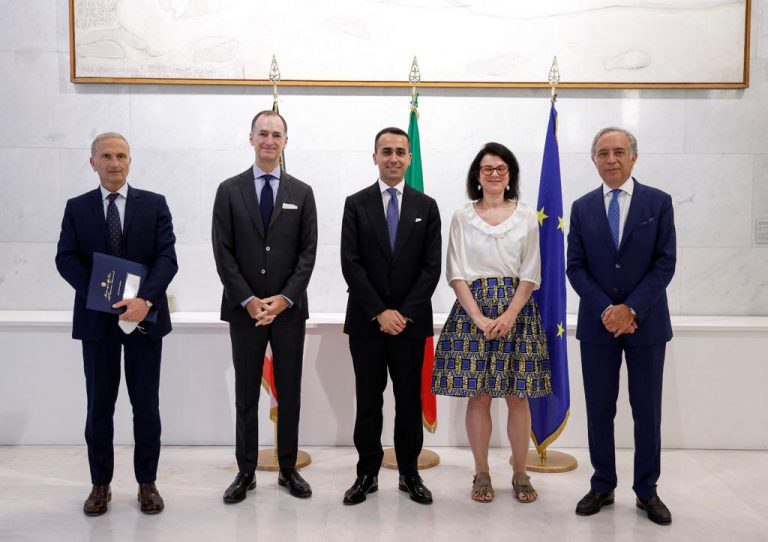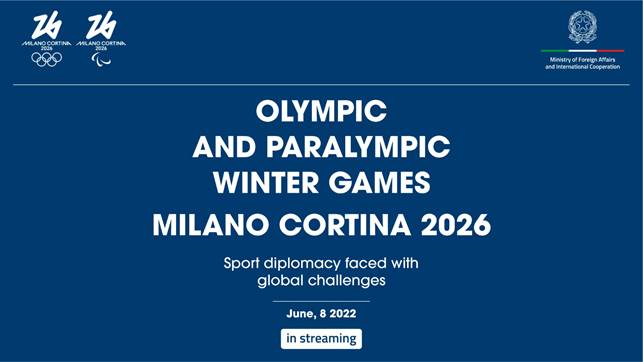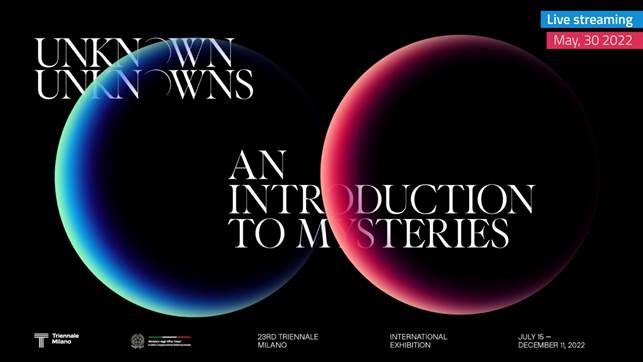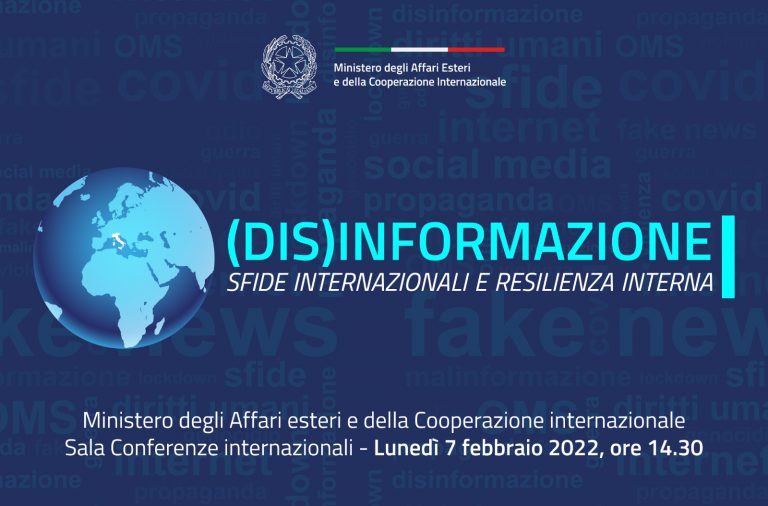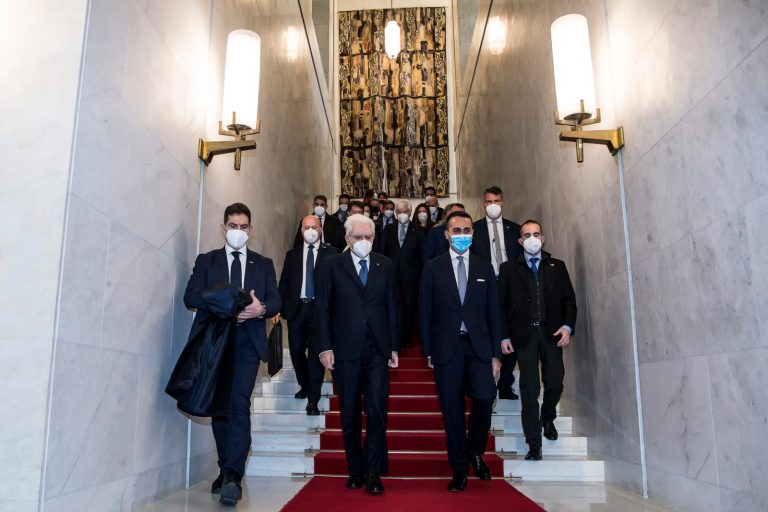From Sidney Sonnino to Carlo Sforza, and from the years of the Tangiers crisis to those of post-WWII: two new volumes of the Foreign Ministry Historic-Diplomatic Archive were presented today.
The conference, entitled “Historical-Diplomatic Documentation: between continuity and renewal” whose speakers included Minister for Foreign Affairs Emma Bonino and Secretary General Michele Valensise, offered an opportunity to illustrate the activities of the MFA’s Planning, Analysis and Historical-Diplomatic Documentation Unit. Participants included Head of the MFA Historical-Diplomatic Archive Stefania Ruggeri and President of the State Polygraphic Institute and Mint Maurizio Prato.
Bonino says work of the Archive shows the passion of MFA diplomats
The two new collections have been made possible by the contribution of the curators (in this case university professors) who usually deal with the publication of the foreign ministry’s diplomatic documents. Those presented today are volume IX of series III (29 May 1905 – 28 May 1906), and volume V of series XI (1 November 1950 – 25 July 1951). Two new publications that represent only a small portion of the MFA Library’s 20 linear kilometres of rich documentation, and that contribute to a reinterpretation of the past “useful for better connecting us and Europe” in the present, commented Minister Emma Bonino.
The work of the Diplomatic Archive shows “the passion that diplomats have. It’s not enough to have professional expertise and financial resources, which we pretend not to complain about too much”, Bonino underscored, commenting on the effects of the economic crisis on the ministry’s budget and remarking that “we have to make a virtue of need and be fully equipped when we do have the more abundant human and financial resources that I hope will come for Italy and for our profession”.
An historic sector to be proud of
“Our activities in the historic sector makes us proud”, MFA Secretary General Michele Valensise pointed out, indicating the evolution in the activities of the Archive, whose soon to be opened new space will offer more services to the public and help engender new relations with other research bodies, starting with those already existing with the Secret Vatican Archive.
Bearing witness to a dynamism that shows the continuity and renewal of the archival activities of the foreign ministry, and the precious glimpse into the past that these offer. Vol. IX of series III, for example, through diplomatic dispatches, paints a clear picture of the foreign policies of Ministers Fortis and Sonnino, 20th century Italo-Austrian relations, the Conference of Algeciras on the Tangiers crisis between Germany and France. The second volume presented covers the years of the 6th De Gasperi government, with a close-up on the Pleven Plan negotiations for the European army and those for the solution of the Free Territory of Trieste, which concluded in October 1954.
Also at the MFA the exhibition “Lo sguardo italiano sulla Cina”
In the margins of the conference, the foreign ministry also hosted the exhibition “Lo sguardo italiano sulla Cina – Ottocento anni di racconti, testimonianze e studi italiani sul mondo e sulla società cinesi”, already shown in October and consisting of biblio-archivist materials from the MFA that include precious high medieval volumes, black and white photos and diplomatic dispatches, along with several curiosities, such as the census of the Italian community in China at the dawn of 1960: 10 civilians and 1 religious.
From Italian Unification to 1958
The collection of “I documenti Diplomatici Italiani’’ began with the unification of Italy up to the original endpoint of 1943, and that currently extends to 1958. Added to the nine series initially planned were series X (1943-1948), XI(1948-1953) and XII (1953-1958). The publications proceed in parallel for the various series and the completed series are: I(1861-1870), II /1870-1896), V (1914-1918), VII /1922-1935), VIII( 935-1939), IX (1939-1943) and X (1943-1948).
Each volume is arranged chronologically according to the date of the documents, which are published directly from the original and entirely unedited. The copious documentation taken into consideration consists mainly of telegrams sent and received, foreign dispatches and reports by the minister and, to a lesser extent, meeting notes, memoires, foreign mission notes and communiqués.
The Historic-Diplomatic Archive is further enriched by patrimony of the MFA Library, which includes, among other things, the first edition of Cesare Beccaria’s “Dei delitti e delle pene”.


